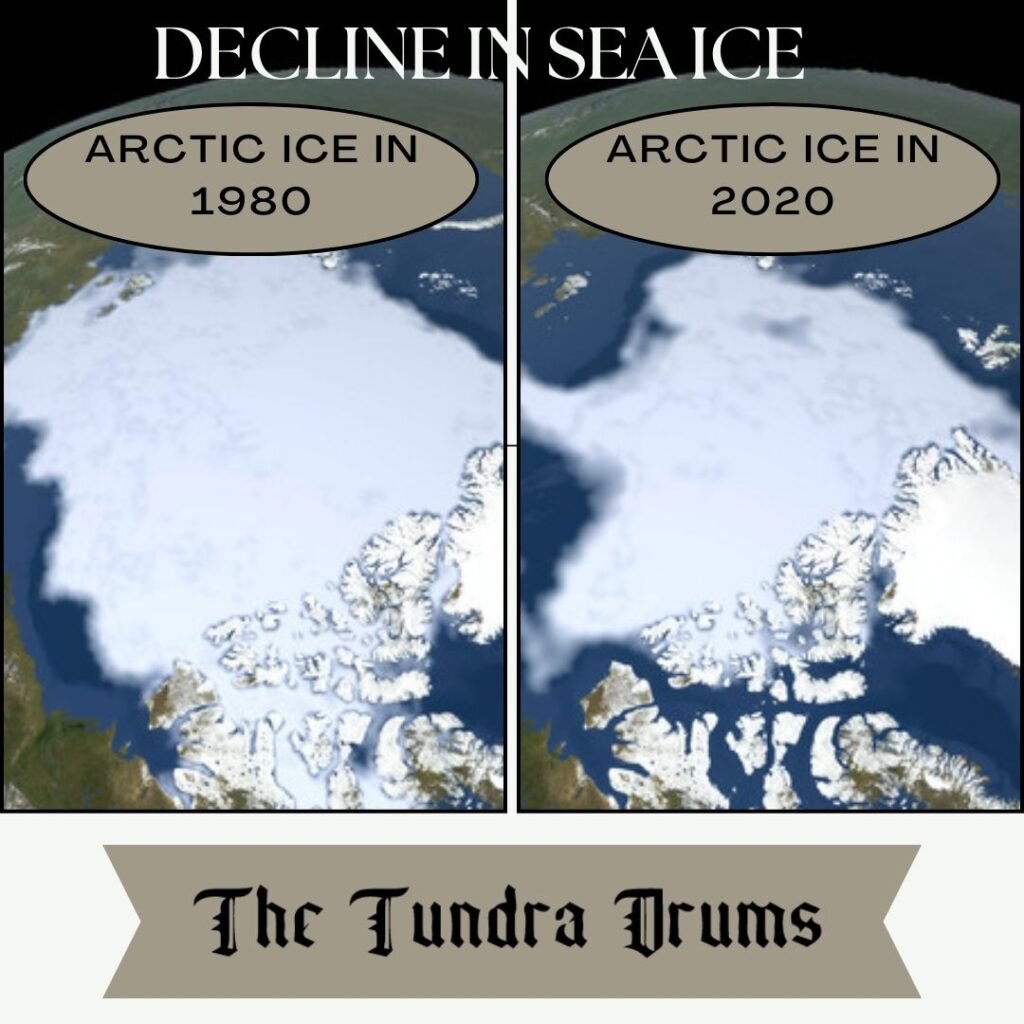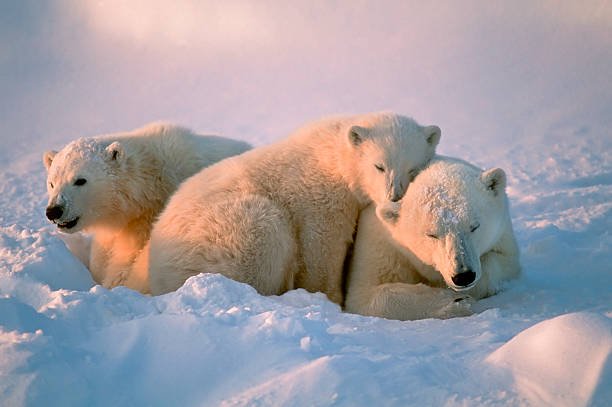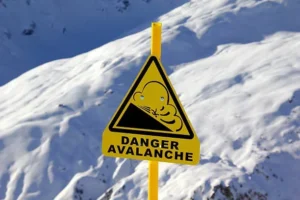Climate change is destroying the Arctic, and polar bears are paying the ultimate price. As the sea ice melts, these majestic creatures are struggling to survive due to climate change. In this article, we’ll study the impact of climate change on Alaska’s Polar Bears, the challenges they face, and the efforts being made to conserve them.

Arctic Warming and Polar Bear Survival in Climate Change
The Arctic is warming at an alarming rate, with temperatures rising twice as fast as the global average. This rapid warming is devastating polar bear populations, as they rely on sea ice for hunting, breeding, and survival. As it melts due to climate changings, they are left without a platform to hunt, leading to malnutrition, starvation, and reduced reproduction rates, ultimately threatening their survival.
Melting of Sea Ice: A Huge Climate Changing Effect
As polar bears rely on it for survival, therefore it is their lifeblood. They rely on it to hunt, feed, and breed. However, climate change is causing to melt it at an alarming rate.
Key Findings on Sea Ice Melting in Alaska

- Rapid Temperature Increase: Alaska and the Arctic are warming at a rate more than twice as fast as the global average temperature. Arctic annual surface air temperatures ranked second-warmest since 1900.
- Sea Ice Loss: In the 1980s, old ice (five years or older) comprised about 20% of Arctic sea ice; as of 2016, this figure has plummeted to approximately 3%. The total area of old ice decreased from 1.86 million square kilometers in 1984 to just 110,000 square kilometers by 2016
- Glacier Mass Loss: Alaska glaciers have lost mass over the last 50 years, with each year since 1984 showing an annual average ice mass less than the previous year.

Shocking Decline in Arctic Ice Melt
The drastic decline is shown in the following graph.
Arctic Sea Ice Minimum Extent | |
Year | Annual September Minimum Extent (Million Square Km) |
1980 | 7.54 |
1990 | 6.04 |
2000 | 5.98 |
2010 | 4.62 |
2020 | 3.82 |


Here are the consequences of climate change on polar bears:
- Reduced sea ice for hunting and breeding
- Malnutrition and starvation
- Increased energy expenditure
- Reproductive impacts (lower birth rates, increased cub mortality)
- Increased human-polar bear conflicts
- Reduced genetic diversity
- Increased disease and parasites
- Loss of traditional migration routes
Polar bear migration due to climate change
Polar bears in Alaska are migrating due to the devastating impact of climate change on their sea ice habitat. As global temperatures rise, it is melting at an alarming rate, forcing them to search for alternative sources of food and shelter. With their primary hunting ground disappearing, they are being driven to migrate to new areas, including land, in search of sustenance, leading to increased human-bear conflicts and threats to their survival.

What You Can Do?
Every individual can make a difference in the fight against climate change and their protection. Otherwise, this gigantic creature will be endangered soon.

Call to Action: Discover simple yet effective ways to reduce your carbon footprint and support their conservation.
Social Media Campaign: Start a social media campaign, sharing your own stories and photos, and using the hashtag #PolarBearProtection.
Conclusion
There is a pressing issue that requires immediate attention. Through this information, we’ve explored the impact of climate change on polar bears, the challenges faced by them, and the efforts being made to conserve them. Now, it’s your turn to take action.












